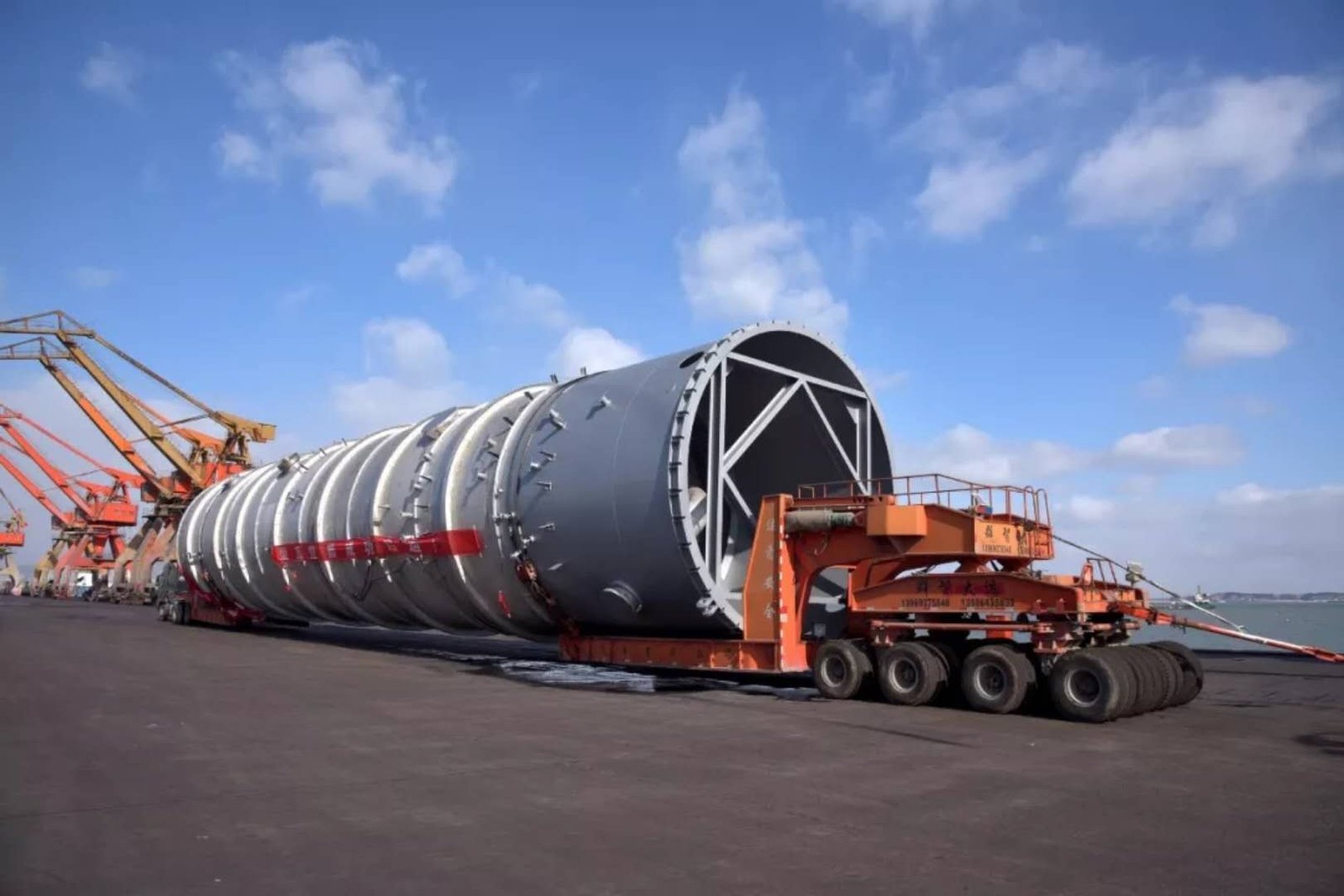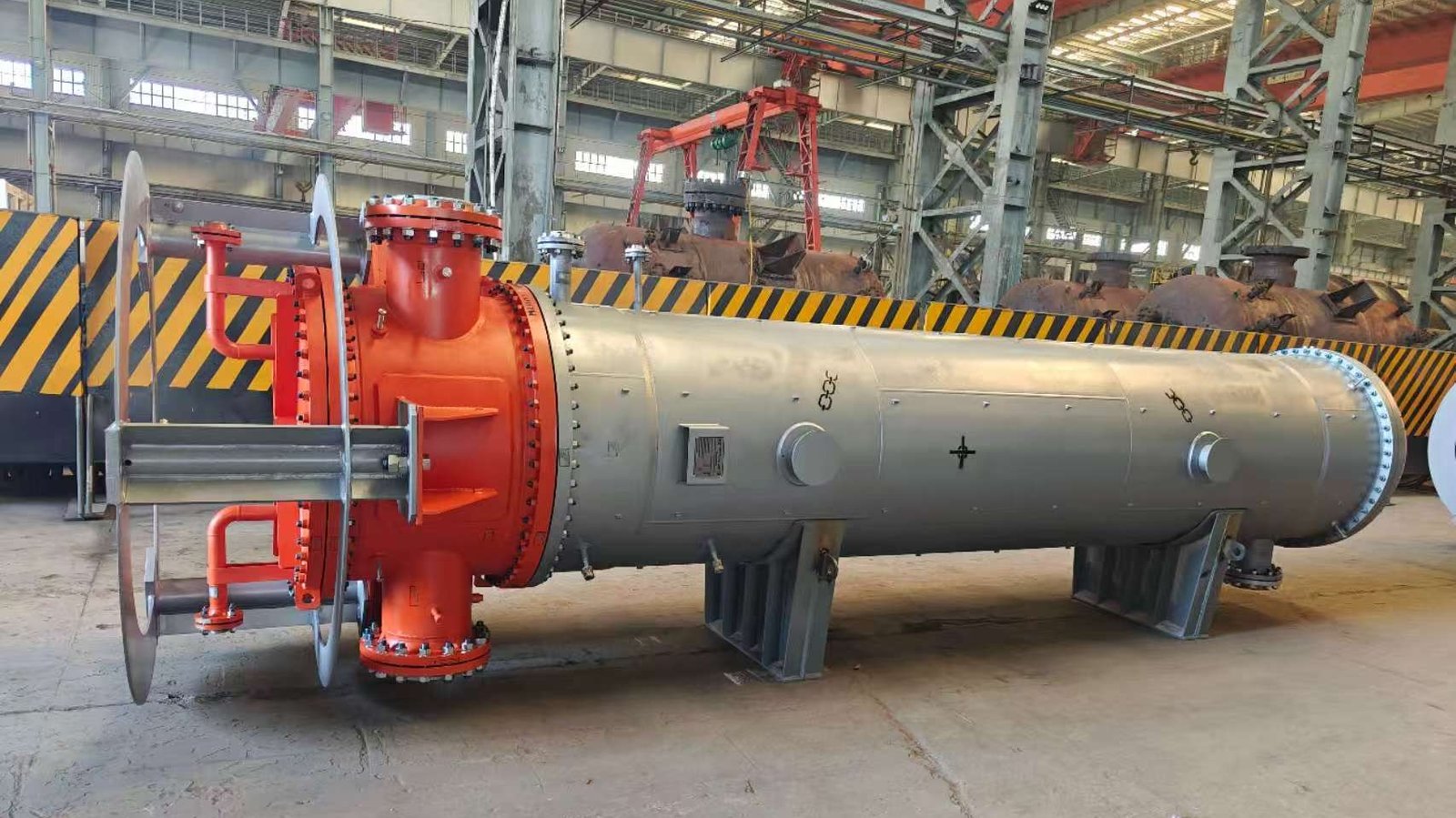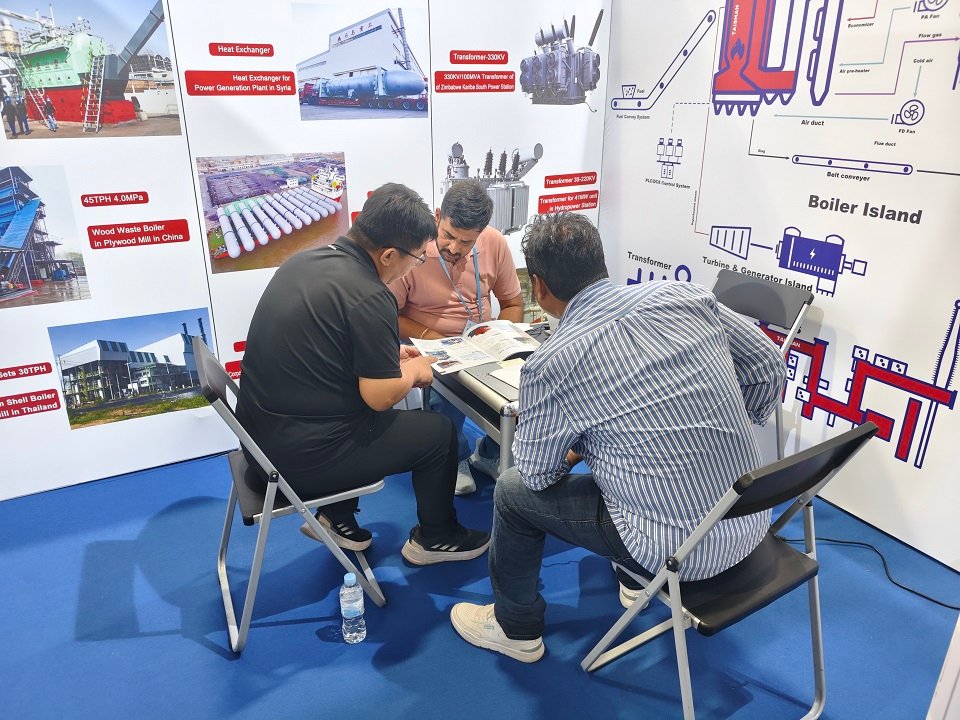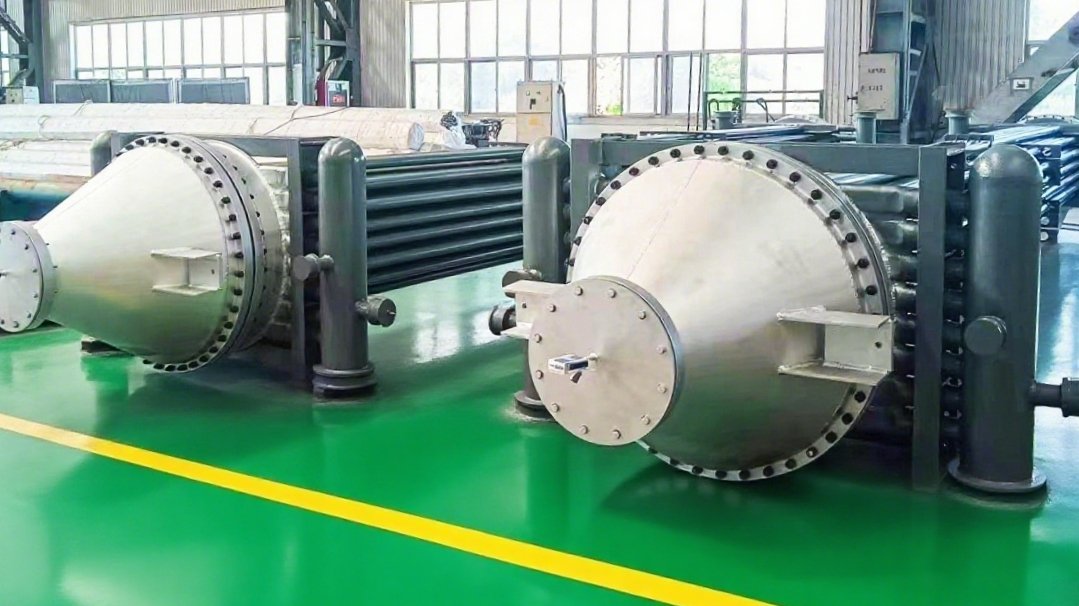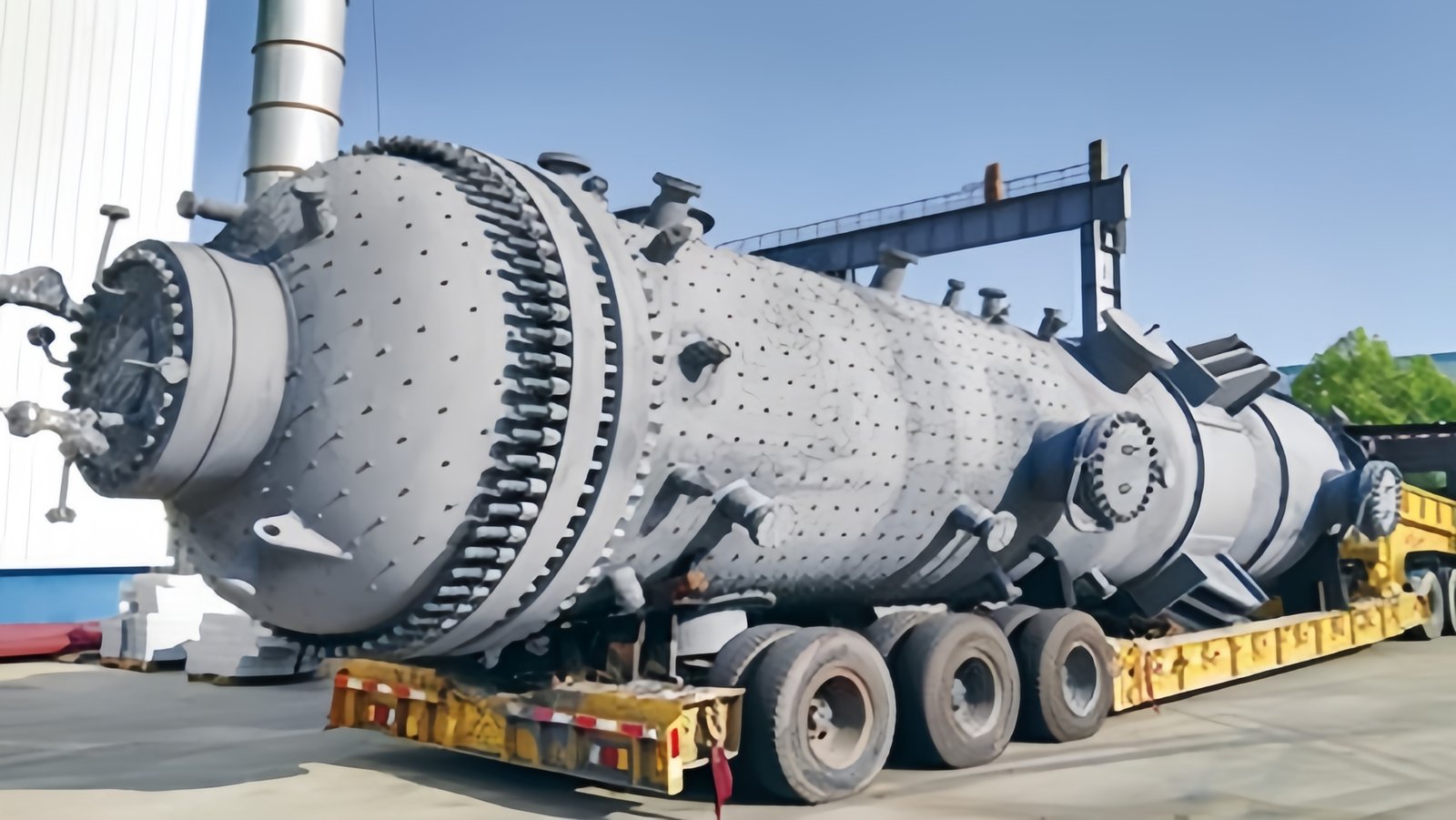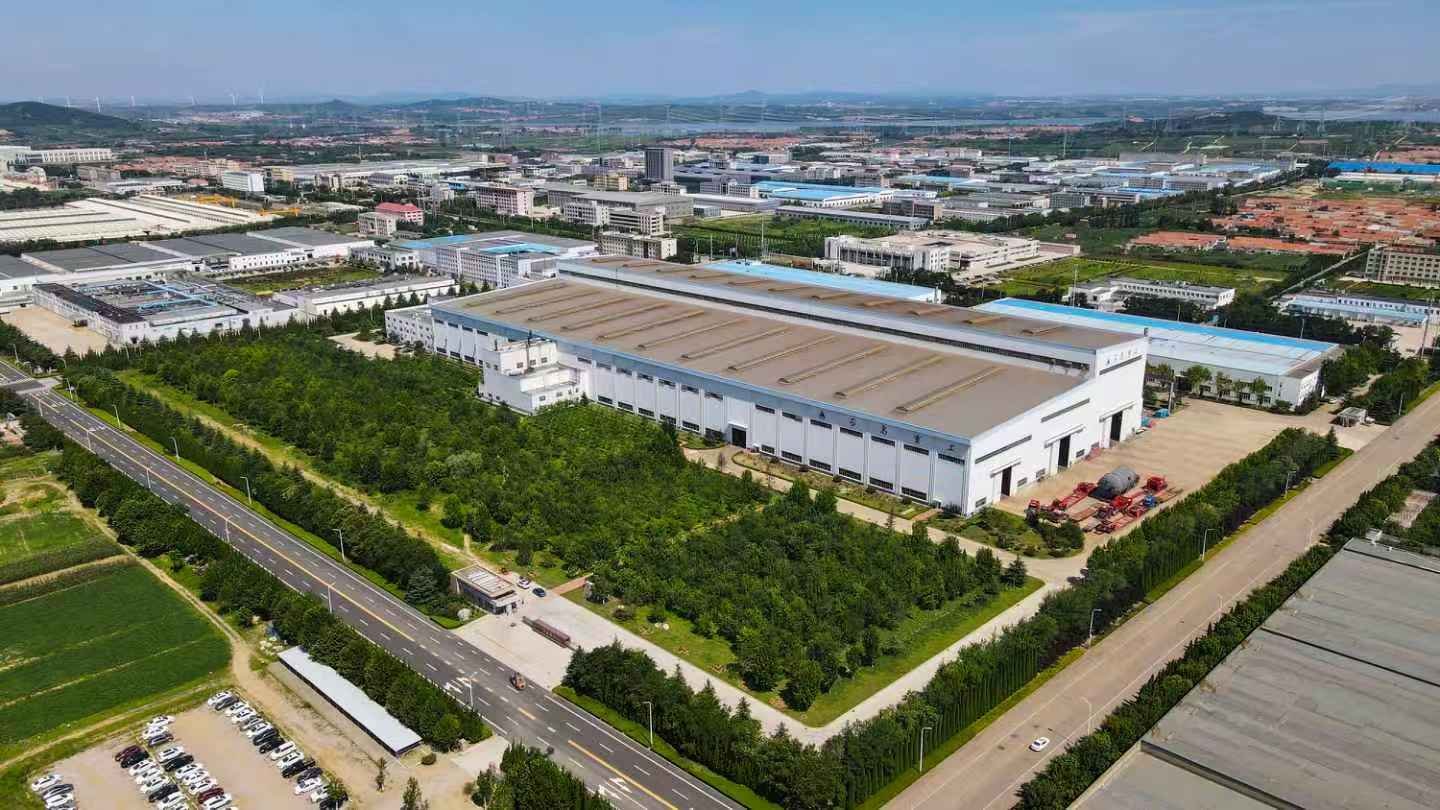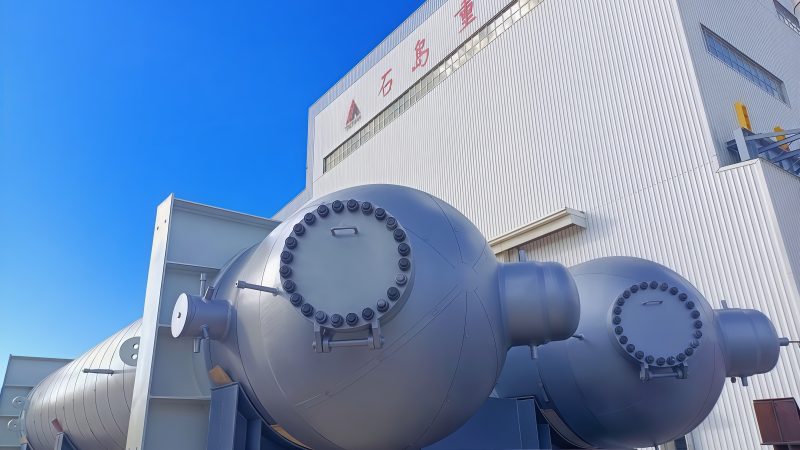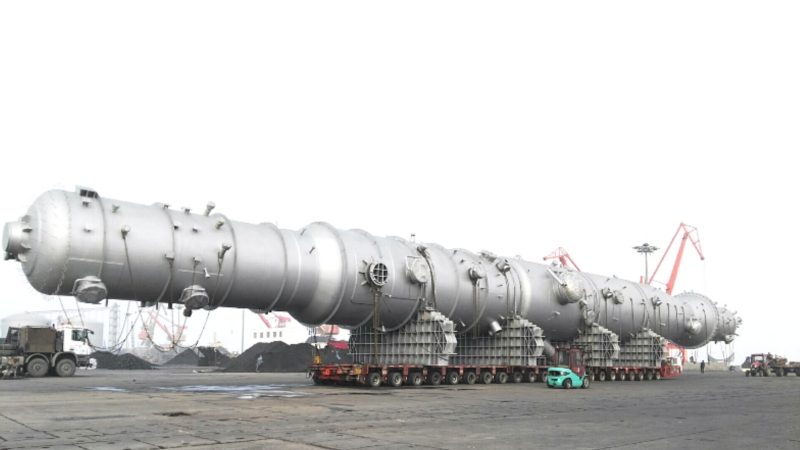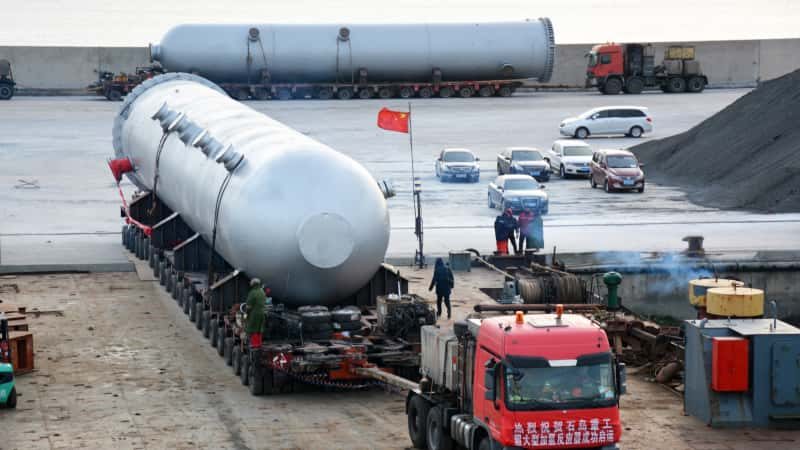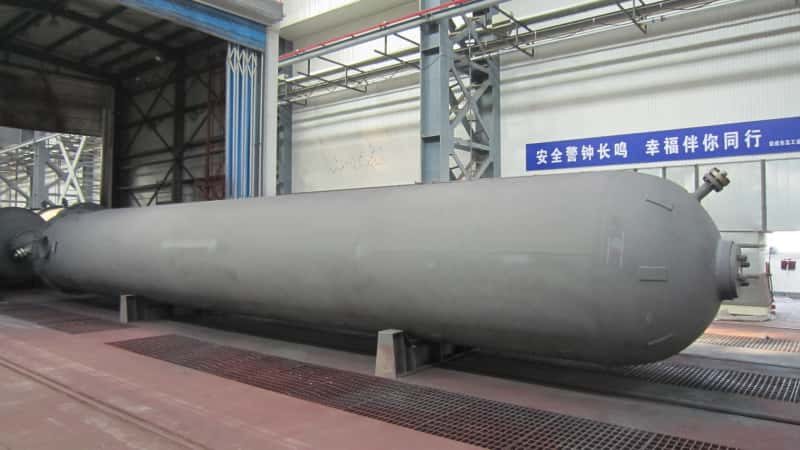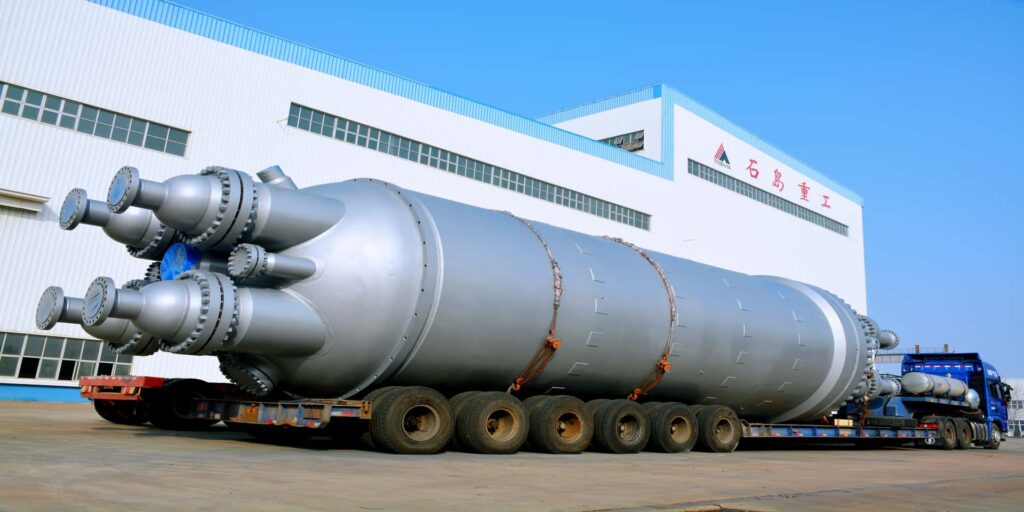
When a pressure vessel fails, the consequences can be catastrophic. These vessels often contain gases or liquids at high pressure, and a rupture can result in violent explosions, flying shrapnel, toxic chemical leaks, or even fires. Such failures endanger human lives, destroy property, and disrupt production processes. Causes of failure range from poor material selection, welding defects, fatigue, corrosion, to overpressure incidents. Fortunately, proper design, inspection, and maintenance standards such as those from ASME can prevent such disasters. This article will walk you through exactly what happens when a pressure vessel fails, why it fails, and how to prevent it.
A pressure vessel failure typically results in a sudden and violent release of stored energy, often causing an explosion, rupture, or fragmentation that can lead to fatalities, injuries, structural damage, chemical exposure, and production downtime. The severity depends on the vessel’s size, contents, and pressure at the moment of failure.
Understanding the physics, mechanisms, and aftermath of pressure vessel failure can be the difference between life and death for workers, and between business continuity and financial ruin for manufacturers. Keep reading to get a detailed and technical insight into how these failures occur and how you can protect against them.
\
Pressure vessel explosions are primarily caused by internal overpressure.True
Internal overpressure, often due to malfunctioning relief valves, thermal expansion, or chemical reactions, is a leading cause of pressure vessel failure.
\
Pressure vessels do not need routine inspection once installed.False
Regular inspection is critical to detect early signs of wear, corrosion, fatigue, or defects that could lead to failure.
Understanding Pressure Vessel Failure Mechanisms
H2: What Triggers a Pressure Vessel to Fail?
There are several root causes of pressure vessel failure, typically divided into:
- Material Failures – such as brittle fracture, fatigue crack growth, or corrosion.
- Manufacturing Defects – poor welds, inclusions, or improper heat treatment.
- Operational Overstress – overpressure, thermal expansion, or accidental loading.
- Poor Maintenance or Inspection – undetected cracks, thinning walls, or scale buildup.
Failures can be classified as ductile rupture, brittle fracture, or creep rupture, depending on the stress and temperature conditions. The following table summarizes the key characteristics:
| Failure Mode | Stress Condition | Temperature Range | Typical Appearance | Consequences |
|---|---|---|---|---|
| Ductile Rupture | High stress | Ambient or high | Bulging, necking, deformation | Gradual failure |
| Brittle Fracture | Low temperature, high stress | Sub-zero to ambient | Sharp crack, sudden break | Sudden and catastrophic |
| Creep Rupture | Sustained high temperature | >400°C | Long-term deformation, holes | Time-dependent, delayed |
H2: Real-World Examples of Pressure Vessel Failures
Case Study 1: BP Texas City Disaster (2005)
- Incident: Overpressure in an isomerization unit caused a blowdown drum to explode.
- Result: 15 fatalities, over 170 injuries, and \$1.5B in losses.
- Root Cause: Lack of relief system reliability and inadequate safety culture.
Case Study 2: Norco Propane Explosion (1988)
- Incident: A pressurized propane tank exploded due to corrosion.
- Result: 7 deaths, massive damage.
- Root Cause: Neglected corrosion monitoring and inspection.
These tragedies underline the need for rigorous safety standards and monitoring. The chart below shows the frequency of failure modes from historical data:

| Failure Mode | Percentage of Incidents |
|---|---|
| Corrosion-related | 35% |
| Overpressure | 25% |
| Fatigue/Crack Propagation | 20% |
| Human Error | 10% |
| Material Defect | 10% |
H2: What Happens Immediately After a Pressure Vessel Rupture?
When a vessel fails, the high-pressure contents rapidly expand, often supersonically. This can lead to:
- Explosive Decompression – A shockwave capable of demolishing nearby equipment.
- Fragmentation – Vessel parts become shrapnel, injuring or killing personnel.
- Thermal Effects – If flammable material is involved, a fireball or BLEVE (Boiling Liquid Expanding Vapor Explosion) can occur.
- Toxic Release – Hazardous materials may leak, contaminating the environment.
The sequence of physical phenomena is as follows:
- Crack initiation (microscopic)
- Crack propagation (millisecond scale)
- Instantaneous rupture (energy release)
- Shockwave propagation
- Structural impact and secondary failures
H2: How Can These Catastrophes Be Prevented?
Prevention Strategy Table
| Action | Effectiveness | Standard/Guideline | Example Practice |
|---|---|---|---|
| Periodic Inspection | High | API 510, ASME VIII | Ultrasonic wall thickness measurement |
| Proper Design & Material Selection | Very High | ASME Sec II, Sec VIII | Finite Element Analysis (FEA) validation |
| Pressure Relief System | High | ASME Sec VIII UG-125–137 | Spring-loaded pressure relief valve installation |
| Corrosion Monitoring | Medium | NACE SP0102 | Coupon sampling and corrosion probes |
| Fatigue Crack Detection | High | ASTM E1444 (Magnetic Particle) | Regular non-destructive testing (NDT) |
H2: Regulatory Framework and Legal Implications
In jurisdictions like the U.S., pressure vessel design and operation are governed by:
- ASME Boiler and Pressure Vessel Code (BPVC)
- OSHA 1910.169
- API Standards (510, 579)
Negligence in maintaining these standards can lead to:
- Criminal charges for responsible individuals
- Insurance denial
- Lawsuits and settlements
- Loss of operating licenses
Legal rulings have repeatedly emphasized that “failure to inspect and maintain a known high-pressure device is tantamount to reckless endangerment.”
H2: Advanced Simulation and Monitoring Technologies
Modern tools for failure prevention include:
- Digital Twins – Real-time modeling of pressure vessel behavior under stress.
- Acoustic Emission Testing – Detects microcrack formation through sound waves.
- AI-based Predictive Maintenance – Uses historical data and sensors to predict failure.
Simulation Example Output Table
| Parameter | Normal Value | Warning Threshold | Failure Point |
|---|---|---|---|
| Internal Pressure | 150 psi | 180 psi | 220 psi |
| Wall Thickness Loss | <10% | >20% | >35% |
| Vibration Amplitude | 0.02 mm | 0.05 mm | 0.1 mm |
| Thermal Hotspots | <120°C | 150°C | 180°C |
Summary: Safety First, Always
The failure of a pressure vessel is not just a technical flaw—it’s often a preventable human tragedy. Understanding the mechanics of failure, the importance of inspection, and the role of modern safety technologies can dramatically reduce the risk. Companies must proactively enforce maintenance protocols, invest in staff training, and utilize modern monitoring solutions to ensure reliability. Always remember: pressure doesn’t just burst metal—it shatters lives.
Contact Us for Pressure Vessel Safety Solutions
If you’re seeking expert consultation, vessel design, maintenance services, or failure analysis, contact our team of ASME-certified engineers today. We provide end-to-end pressure vessel services to ensure your operations remain safe, compliant, and efficient.



